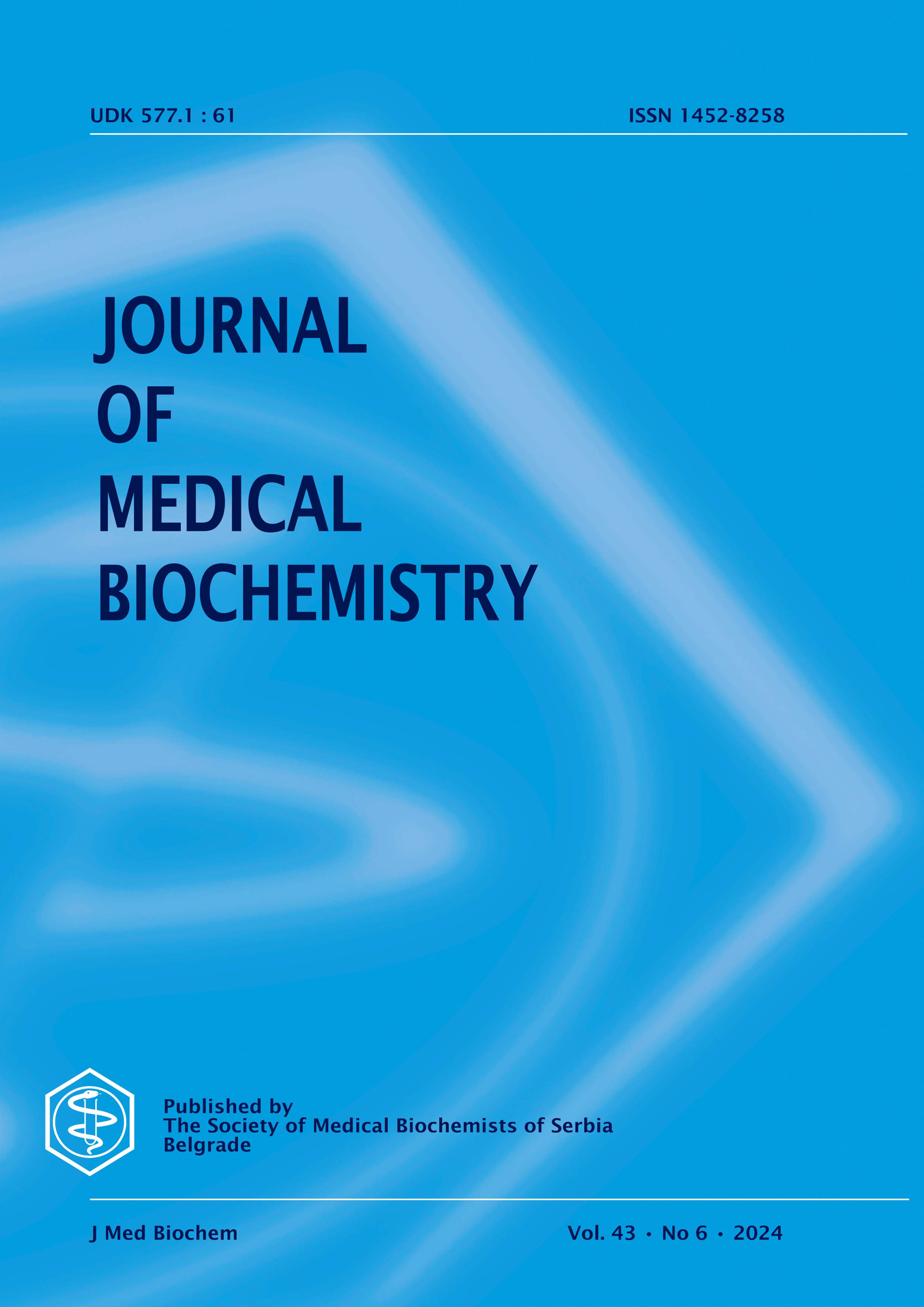- -
-
Sažetak
-
Reference
[2] NI Na, WU Chunfeng, LI Changhua, et al. Analysis of Dental fluorosis in 2393 school-age children[J]. Chinese Journal of Endemic Disease Prevention and Control, 2020, 35(5): 568-569.
[3] Chakraborty A, Pramanik S, Datta K, et al. Possible Association Between Polymorphisms in ESR1, COL1A2, BGLAP, SPARC, VDR, and MMP2 Genes and Dental Fluorosis in a Population from an Endemic Region of West Bengal[J]. Biol Trace Elem Res, 2022,23(9):224-229.
[4] ZHANG Yu, XU Guoxuan, GUO Hui. Investigation and analysis of dental caries and fluoride content in drinking water in children in Nanyang City[J]. Chinese Journal of Endemic Disease Prevention and Control, 2021, 36(2):164-165.
[5] WANG Lihua, AN Dong, BIAN Jianchao, et al. Instructions and illustrations for the preparation of newly revised Dean method diagnostic criteria for dental fluorosis[J]. Chinese Journal of Endemics, 2013, 32(2):213-216.
[6] General Administration of Quality Supervision, Inspection and Quarantine of the People's Republic of China, Standardization Administration of the People's Republic of China. WS/T208-2011 Dental fluorosis diagnosis[S].Beijing: China Standards Press,2011.
[7] Nagendra AH, Bose B, Shenoy P S. Recent advances in cellular effects of fluoride: an update on its signalling pathway and targeted therapeutic approaches[J]. Mol Biol Rep,2021 ,48(7):5661-5673.
[8] Rojanaworarit C, Claudio L, Howteerakul N, et al. Hydrogeogenic fluoride in groundwater and dental fluorosis in Thai agrarian communities: a prevalence survey and case-control study[J]. BMC Oral Health, 2021,21(1):545-560.
[9] JIN Xiang, WANG Yang, CAO Lichun. Analysis of influencing factors of dental fluorosis and caries in children with different hydrofluoride areas in Tianjin[J]. Journal of Environment and Health, 2020,37(8):717-721.
[10] Garcia ALH, Picinini J, Silveira MD, et al. Fluorosilicic acid induces DNA damage and oxidative stress in bone marrow mesenchymal stem cells[J]. Mutat Res Genet Toxicol Environ Mutagen, 2021,861(862):5032-5036.
[11] Collins MT, Marcucci G, Anders HJ, et al. Skeletal and extraskeletal disorders of biomineralization. Nat Rev Endocrinol, 2022,16(4):164-169.
[12] ZHANG Pan-H, LI X X, ZHOU C, et al. Correlation between prevalence of dental fluorosis and dietary nutrient intake in children[J]. Public Health and Preventive Medicine, 2022, 33(3):101-103.
[13] Meena L, Gupta R. Skeletal Fluorosis[J]. N Engl J Med, 2021,385(16):1510-1524.
[14] Srivastava S, Flora SJS. Fluoride in Drinking Water and Skeletal Fluorosis: a Review of the Global Impact[J]. Curr Environ Health Rep, 2020,7(2):140-146.
[15] Fan Zhongxue, Li Xiaoqian, Li Yue, et al. Relationship between drinking water fluoride content and dental fluoride and caries in children in Shaanxi Province[J]. Chinese Journal of Endemics, 2020, 39(5):344-346.
[16] Siddiq H, Pentapati KC, Acharya S. Children's perception of other children with dental fluorosis - A cross-sectional study[J]. J Oral Biol Craniofac Res,2020,10(2):72-77.
[17] Wang S, Zhao Q, Li G, et al. The cholinergic system, intelligence, and dental fluorosis in school-aged children with low-to-moderate fluoride exposure[J]. Ecotoxicol Environ Saf. 2021,20(228):1129-1134.
[18] DONG Lu, YAO Peijie, LI Ping, et al. Status of dental fluorosis in children aged 8-12 years in Xi'an, 2014-2018[J]. School hygiene in China, 2021, 42(1):120-123.
[19] García-Pérez A, Pérez-Pérez NG, Flores-Rojas AI, et al. Marginalization and fluorosis its relationship with dental caries in rural children in Mexico: A cross-sectional study[J]. Community Dent Health, 2020,37(3):216-222.
[20] Saldarriaga A, Rojas-Gualdrón DF, Restrepo M, et al. Clinical changes in the severity of dental fluorosis: a longitudinal evaluation[J]. BMC Oral Health, 2021,21(1):366-366.
Sva prava zadržana (c) 2024 Yufeng Wang

Ovaj rad je pod Creative Commons Autorstvo 4.0 međunarodnom licencom.
The published articles will be distributed under the Creative Commons Attribution 4.0 International License (CC BY). It is allowed to copy and redistribute the material in any medium or format, and remix, transform, and build upon it for any purpose, even commercially, as long as appropriate credit is given to the original author(s), a link to the license is provided and it is indicated if changes were made. Users are required to provide full bibliographic description of the original publication (authors, article title, journal title, volume, issue, pages), as well as its DOI code. In electronic publishing, users are also required to link the content with both the original article published in Journal of Medical Biochemistry and the licence used.
Authors are able to enter into separate, additional contractual arrangements for the non-exclusive distribution of the journal's published version of the work (e.g., post it to an institutional repository or publish it in a book), with an acknowledgement of its initial publication in this journal.

